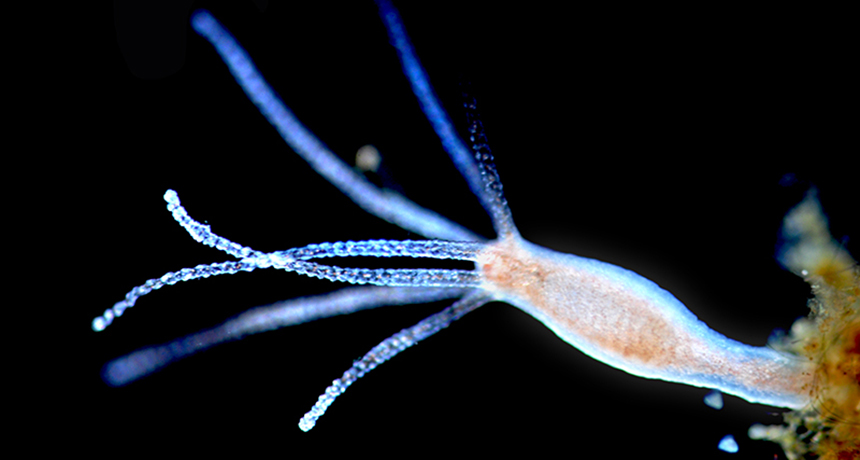
special report
Proyecto Agua/Flickr (CC BY-NC-SA 2.0)
The scene was stranger than it looked, even by Las Vegas standards: Two young men pull up in a U-Haul truck to a motel outside the city.

special report
Proyecto Agua/Flickr (CC BY-NC-SA 2.0)
The scene was stranger than it looked, even by Las Vegas standards: Two young men pull up in a U-Haul truck to a motel outside the city.